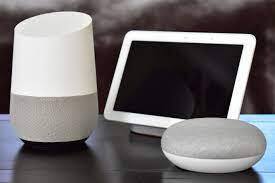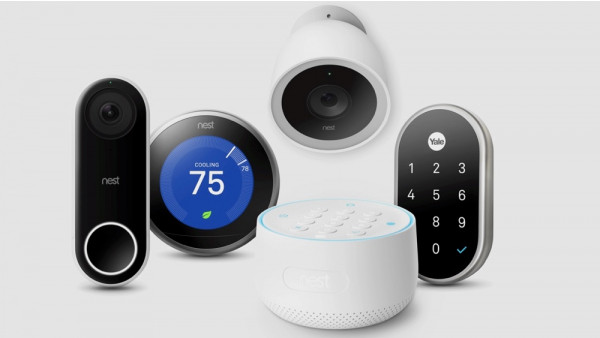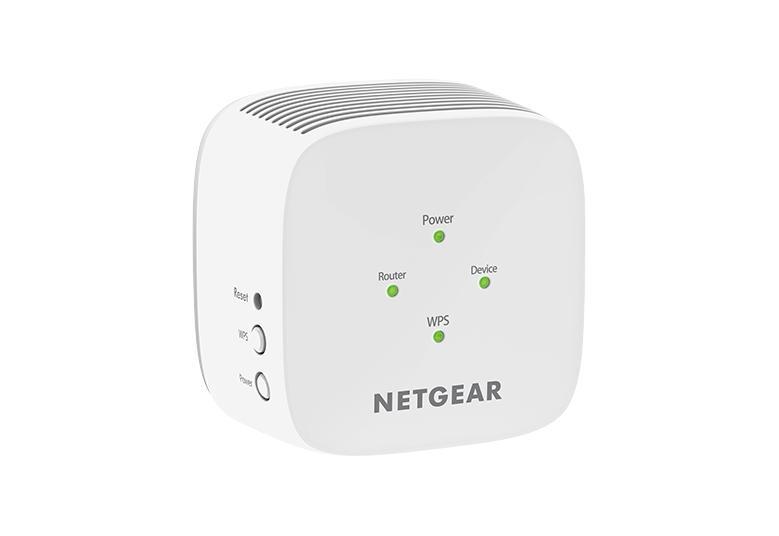

Smart devices are electronic devices that are designed to be connected to the internet and interact with other devices, as well as with people. They use various technologies, such as Wi-Fi, Bluetooth, or the internet, to communicate and exchange data, and they can often be controlled and monitored remotely. Smart devices refer to electronic devices that can connect to the internet, interact with each other, and can be controlled remotely by a user through a smartphone, tablet or other web-enabled device. Examples of smart devices include smart speakers like Amazon Echo or Google Home, smart home devices such as smart thermostats, smart locks, and smart lights, smart watches, and smart televisions. These devices are designed to make people’s lives more convenient and efficient, by allowing them to control various aspects of their home, monitor their health and fitness, and have access to a wealth of information and entertainment at their fingertips.
Smart speakers are devices that can be controlled by voice commands, and typically have built-in virtual assistants like Alexa Echo, Home Assistant, or IOS Siri. They can be used to play music, make phone calls, set alarms, control smart home devices, and perform many other tasks. The virtual assistant is activated by a trigger word, such as “Hey Alexa” or “OK Google,” and can respond to questions and commands spoken by the user. Some smart speakers also have touch screens, which can be used to display information and control the device. They are becoming increasingly popular as a convenient and user-friendly way to interact with technology.


Smart speakers are voice-controlled devices that integrate with virtual assistants and internet-connected services to perform various tasks such as playing music, setting reminders, making to-do lists, controlling smart home devices, answering questions, and much more. They typically have built-in speakers and microphones and use natural language processing (NLP) technology to understand and respond to user requests. Smart speakers are devices that use artificial intelligence and voice recognition technology to allow users to control their home, play music, answer questions, make phone calls, set reminders, and perform other tasks using only voice commands. Some popular examples of smart speakers include Echo and Home. Examples of smart devices include smart phones, smart speakers, smart watches, smart home devices like thermostats, lights, and security systems, and many others.




Some popular examples of smart speakers include Echo with Alexa, Home with Assistant, and IOS HomePod with Siri.
These devices are becoming increasingly popular due to their convenience and ease of use. They allow users to perform tasks hands-free, and with the integration of virtual assistants, users can get answers to their questions, play music, and control their smart home devices with just their voice. To use a smart speaker, you simply need to plug it into a power source and connect it to your home’s Wi-Fi network. From there, you can interact with the device using voice commands such as “Hey Google” or “Alexa”. You can also use the companion app on your smartphone to set up the device and customize its settings. The key feature of smart devices is their ability to gather, process, and transmit data, making them highly versatile and capable of providing advanced functionality and improved user experiences.
Once you have set up your smart speaker, you can use it to perform a wide range of tasks. For example, you can ask it to play music from popular streaming services like Spotify or Apple Music, or you can ask it to give you the latest news and weather updates. You can also use the speaker to control other smart devices in your home, such as lights or thermostats.
Smart speakers can also be used as a hands-free device for making phone calls or sending messages, and many models also come with built-in virtual assistants that can answer questions and perform other tasks for you.
Overall, smart speakers provide a convenient and hands-free way to interact with your home and devices, and can be especially helpful for those who are busy, have limited mobility, or simply prefer a more streamlined, voice-controlled experience.






Smart home devices refer to a range of connected devices and appliances that can be controlled remotely via a smartphone or voice-activated assistant, such as Alexa or Home. These devices can automate and simplify various tasks and functions in your home, such as turning off lights, adjusting the temperature, or playing music. Some examples of smart home devices include smart thermostats, smart lighting systems, smart locks, smart security cameras, smart smoke detectors, smart speakers, and smart appliances like refrigerators and washing machines. With the increasing popularity of smart home technology, the range of available devices continues to grow, offering consumers more options to create a truly connected and automated home.
Wi-Fi extender devices, also known as Wi-Fi repeaters, are used to extend the coverage area of a Wi-Fi network. They work by receiving the signal from the existing Wi-Fi network and then rebroadcasting it to areas of the home or office where the signal is weak or non-existent.
There are several types of Wi-Fi extender devices available in the market, including standalone Wi-Fi extenders, powerline adapters, and mesh network systems.
Standalone Wi-Fi extenders connect to the existing Wi-Fi network and create a new network for devices to connect to. They are usually small, compact, and easy to set up.
Powerline adapters use the existing electrical wiring in your home to extend the Wi-Fi network. They consist of two units, one that plugs into a wall socket near your router and another that plugs into a wall socket in the area you want to extend the network to.
Mesh network systems consist of multiple nodes that work together to create a single, seamless Wi-Fi network throughout your home. They provide a more comprehensive solution for extending Wi-Fi coverage compared to standalone Wi-Fi extenders and are particularly useful for larger homes or offices. When choosing a Wi-Fi extender device, it’s important to consider factors such as the size of your home, the layout of your space, and the number of devices you need to connect to the network.


Extender devices, also known as range extenders or Wi-Fi boosters, are devices that are designed to improve the coverage and range of a Wi-Fi network. They work by receiving the existing Wi-Fi signal from the router and then re-broadcasting it,
Essentially extending the reach of the original signal to areas where the signal might otherwise be weak or non-existent. This can be especially useful in large homes or buildings where the Wi-Fi signal may not reach every room, or in outdoor areas where it can be difficult to get a strong signal.


Can’t Find Ans. Do not worry, We are here to get your answers. Please chat with our experts. www.asktechans.com
User agrees that neither asktechans.com nor its groups, directors, officers or employee shall be liable for any direct or/and indirect or/and incidental or/and special or/and consequential or/and exemplary damages, resulting from the use or/and the inability to use the service or/and for cost of procurement of substitute goods.
User agrees that neither asktechans.com nor its groups, directors, officers or employee shall be liable for any direct or/and indirect or/and incidental or/and special or/and consequential or/and exemplary damages, resulting from the use or/and the inability to use the service or/and for cost of procurement of substitute goods.